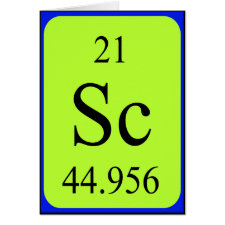
Authors: Chen ZY, Hua ZD, Xu L, Huang Y, Zhao MP, Li YZ
Article Title: Protein-responsive imprinted polymers with specific shrinking and rebinding.
Publication date: 2008
Journal: Journal of Molecular Recognition
Volume: 21
Issue: (1)
Page numbers: 71-77.
DOI: 10.1002/jmr.870
Abstract: Stimuli-responsive protein imprinted polymers were obtained via a combination of molecular imprinting and reversible stimuli-responsive polymer using lysozyme or cytochrome c as template, N-isopropylacrylamide (NIPA) as major monomer, methacrylic acid (MAA) and acrylamide (AAm) as functional co-monomers, and N,N-methylenebisacrylamide (MBAAm) as crosslinker. The molecularly imprinted polymers (MIPs) can respond not only to external stimuli such as temperature and salt concentration, but also to the corresponding template protein with significant specific volume shrinking. This specific shrinking behavior was attributed to the synergistic effect of multiple-site weak interactions (electrostatic force, hydrogen bonding and hydrophobic interaction) and the cavity effect. The MIPs showed highly selective adsorption of template proteins with specific shrinking compared with the non-imprinted polymers. The results indicated that the MIPs seemed to change shape to accommodate the conformation of the template protein leading to the formation of a shape complementary cavity. Copyright © 2008 John Wiley & Sons, Ltd
Author keywords: molecularly imprinted polymer (MIP), hydrogel, specific shrinking, protein recognition



Join the Society for Molecular Imprinting

New items RSS feed
Sign-up for e-mail updates:
Choose between receiving an occasional newsletter or more frequent e-mail alerts.
Click here to go to the sign-up page.
Is your name elemental or peptidic? Enter your name and find out by clicking either of the buttons below!
Other products you may like:
 MIPdatabase
MIPdatabase









